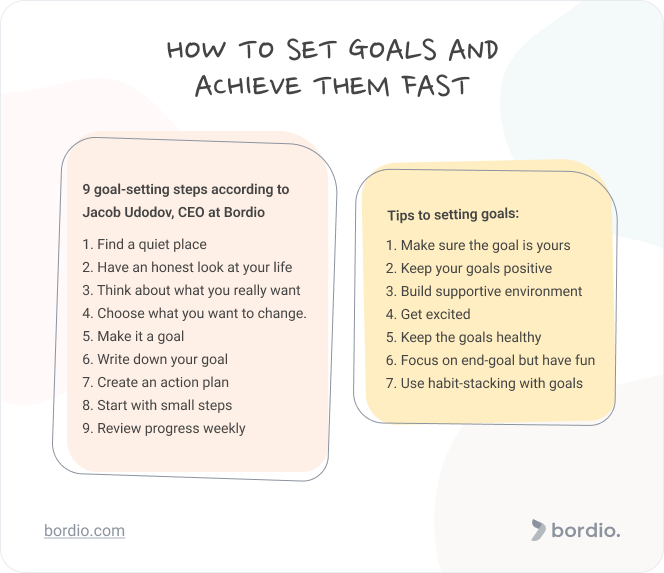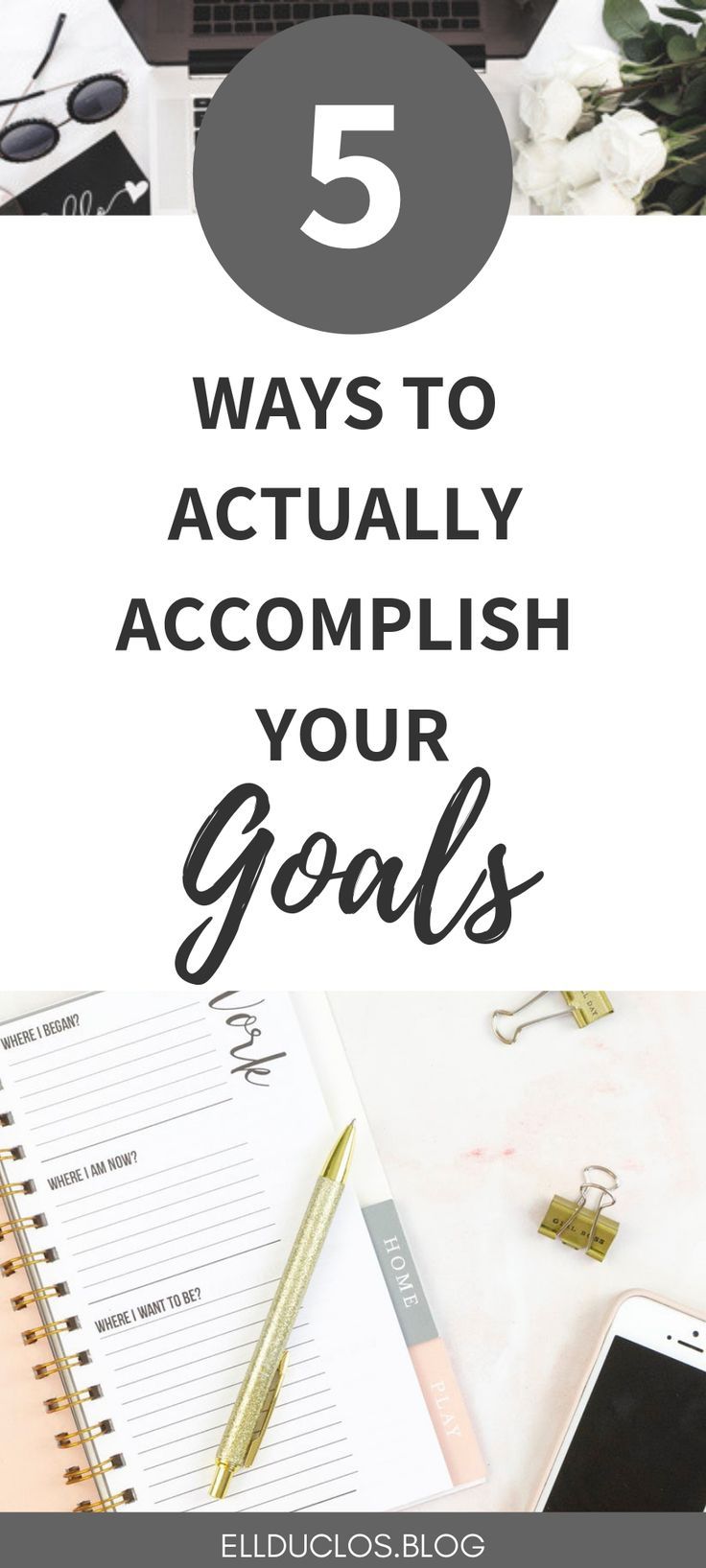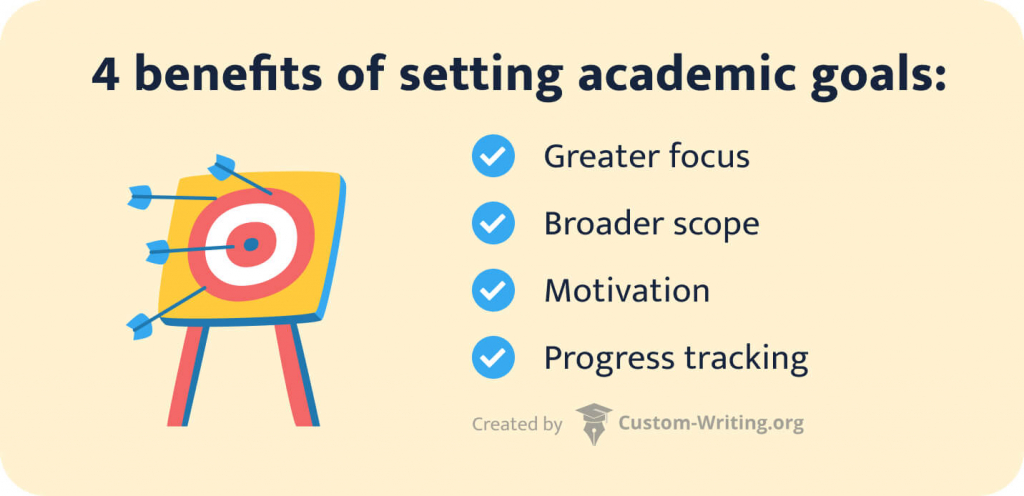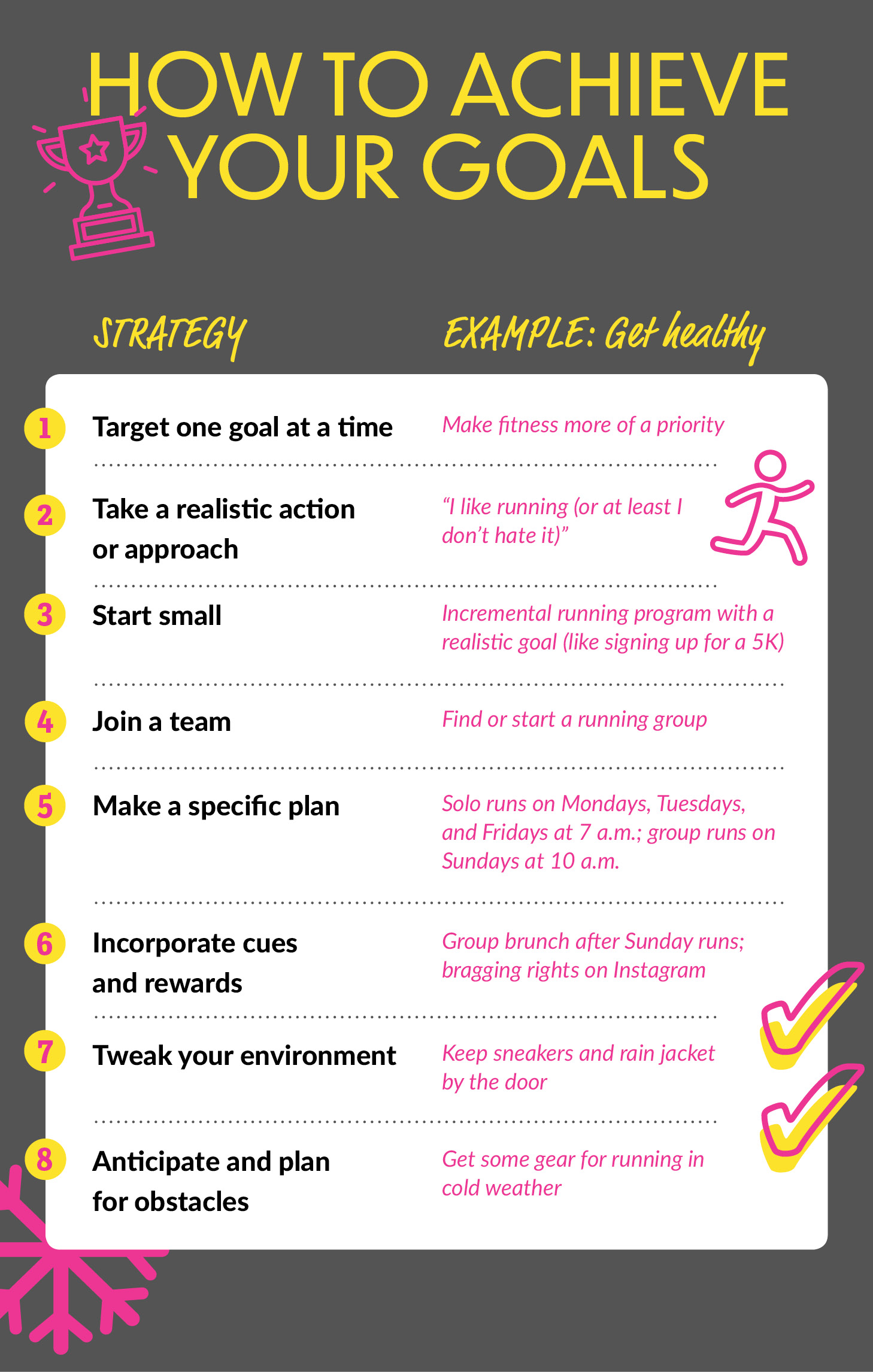Best Way To Accomplish Goals
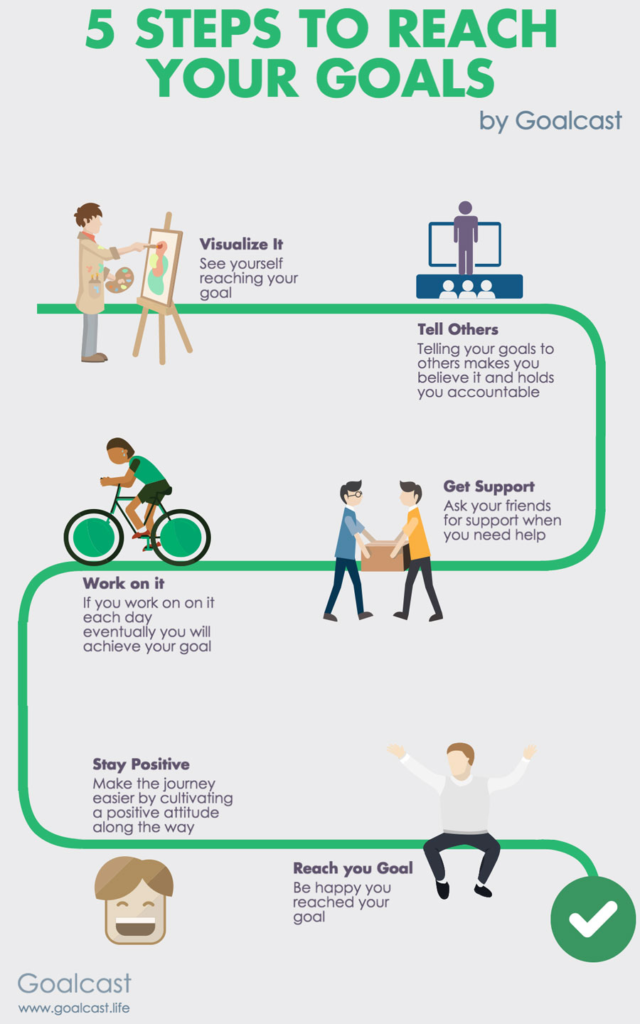
Ever feel like your goals are just…floating out there? Like you're constantly starting but never truly finishing? You're not alone. This guide is for you: the goal-setter, the dream-chaser, the person who's ready to turn "someday" into today. We're here to investigate the best methods for achieving goals, cutting through the noise to find what actually works.
Why Goal-Achievement Strategies Matter
Simply put, without a solid strategy, goals are just wishes. The right approach provides direction, motivation, and a system for tracking progress. Ultimately, effective strategies empower you to take control and transform your aspirations into reality.
Top 5 Goal-Achievement Strategies: A Comparison
Different strokes for different folks, as they say. Here’s a look at five popular methods, comparing their key features and suitability:
| Strategy | Price (Investment of Time/Resources) | Key Specs (Core Principles) | Warranty (Guaranteed Outcomes?) |
|---|---|---|---|
| SMART Goals | Low (time investment) | Specific, Measurable, Achievable, Relevant, Time-bound | No guarantees, but significantly increases the chance of success |
| WOOP Method | Low (time investment) | Wish, Outcome, Obstacle, Plan | Focuses on mental contrasting; better reality check. |
| OKR (Objectives and Key Results) | Medium (time and potential software cost) | Ambitious Objectives, Measurable Key Results, Regular Check-ins | Used by companies, helps align teams towards a common goal. |
| The 12 Week Year | Medium (time and potential planner cost) | Compresses a year into 12 weeks for intense focus | High-intensity, requires discipline and commitment. |
| Kaizen (Continuous Improvement) | Low to Medium (ongoing commitment) | Small, incremental changes over time | Sustainable, but progress may be slower. |
Detailed Reviews of Each Strategy
SMART Goals: The Foundation
SMART Goals are the bedrock of goal setting. The acronym helps create structured, actionable objectives. Ensure each goal meets the five criteria for optimal effectiveness.
WOOP Method: Reality Check
The WOOP method (Wish, Outcome, Obstacle, Plan) is a clever approach that combines optimism with realism. By visualizing both the desired outcome and the potential obstacles, you develop a proactive plan to overcome hurdles. This mental contrasting technique improves the chances of achieving your wish.
OKR: Big Picture Thinking
Originally designed for business, OKRs (Objectives and Key Results) can be adapted for personal use. Set ambitious Objectives, then define measurable Key Results to track progress. Regular check-ins are vital for staying on track.
The 12 Week Year: Short Bursts of Intensity
This method challenges the traditional annual planning cycle. It compresses a year's worth of goals into 12 intense weeks. It requires significant commitment and focus, but can yield impressive results.
Kaizen: The Power of Small Steps
Kaizen emphasizes continuous, incremental improvement. Focus on making small, manageable changes over time, rather than aiming for radical transformations. This approach is sustainable and reduces the risk of burnout.
Used vs. New: Applying Goal-Achievement Strategies
Should you adopt a brand-new strategy wholesale, or adapt existing ones? Here's a breakdown of the pros and cons:
- New Strategy (Fresh Start)
- Pros: Clean slate, learn new techniques, potentially more effective if current methods aren't working.
- Cons: Learning curve, may not be a perfect fit, could abandon quickly if challenging.
- Used/Adapted Strategy (Refined Approach)
- Pros: Familiarity, leverage existing knowledge, tailor to specific needs.
- Cons: May reinforce bad habits, limited by existing framework, potentially less innovative.
Ultimately, the best approach is a hybrid: learn the fundamentals of each strategy, then adapt them to your individual circumstances and preferences.
Reliability Ratings by "Brand" (Method)
Just like some brands are known for reliability, some goal-achievement methods consistently produce better results.
- SMART Goals: High Reliability - Proven and widely applicable.
- WOOP Method: Medium Reliability - Effective for realistic planning.
- OKR: Medium to High Reliability - Strong for structured objectives.
- 12 Week Year: Medium Reliability - Demanding, but potentially rewarding.
- Kaizen: High Reliability - Sustainable for long-term improvement.
Reliability also depends on individual commitment and consistency.
Checklist: 5 Must-Check Features Before Buying In (Adopting a Strategy)
Before committing to a specific goal-achievement method, consider these five essential factors:
- Alignment with Personal Style: Does the method resonate with your personality and working style?
- Feasibility and Time Commitment: Can you realistically dedicate the necessary time and resources?
- Measurability and Tracking: Does the method provide clear metrics for tracking progress?
- Flexibility and Adaptability: Can the method be adjusted to accommodate unexpected challenges?
- Motivation and Engagement: Does the method keep you motivated and engaged in the process?
Summary: Key Takeaways
Choosing the "best" way to accomplish goals is a personal journey, not a one-size-fits-all solution. We've explored several effective strategies: SMART goals, WOOP, OKRs, the 12 Week Year, and Kaizen. Understanding their principles, strengths, and weaknesses is crucial for making an informed decision. Remember to consider factors like your personal style, available time, and the need for flexibility.
Adapt these strategies to fit your unique needs. Consider a blended approach, combining elements from different methods. Regular evaluation and adjustments are key to long-term success.
Ready to Take Action?
Don't just read about achieving goals - start doing it! Take some time to reflect on your aspirations and evaluate the strategies discussed here. Choose one or two methods that resonate with you, and begin implementing them today. Your goals are within reach - take that first step! Start with a single SMART goal this week!
.png)












